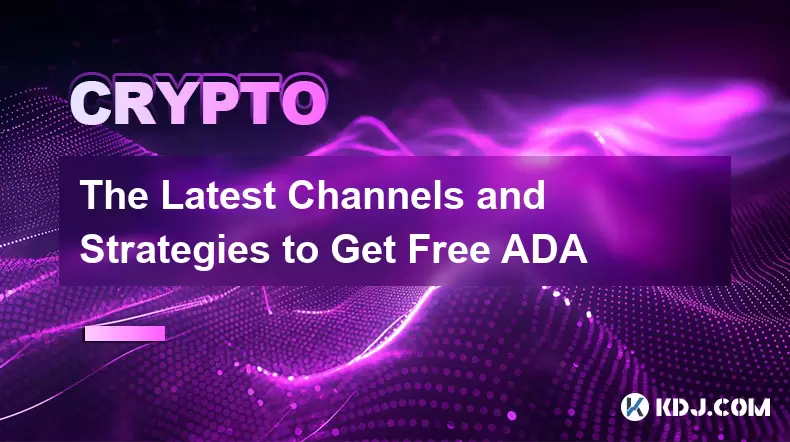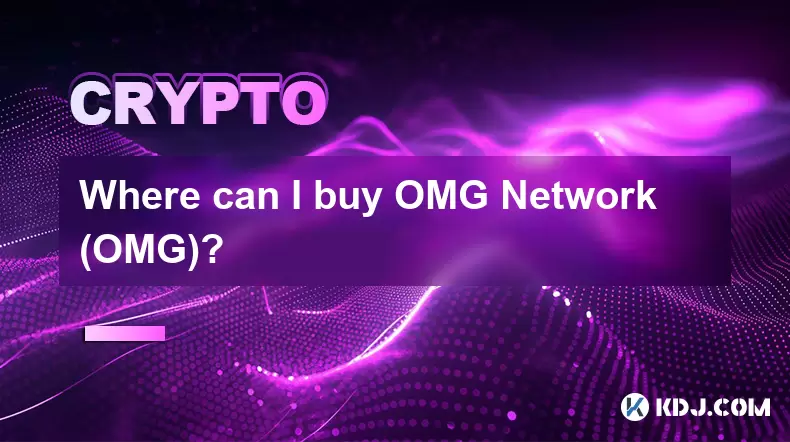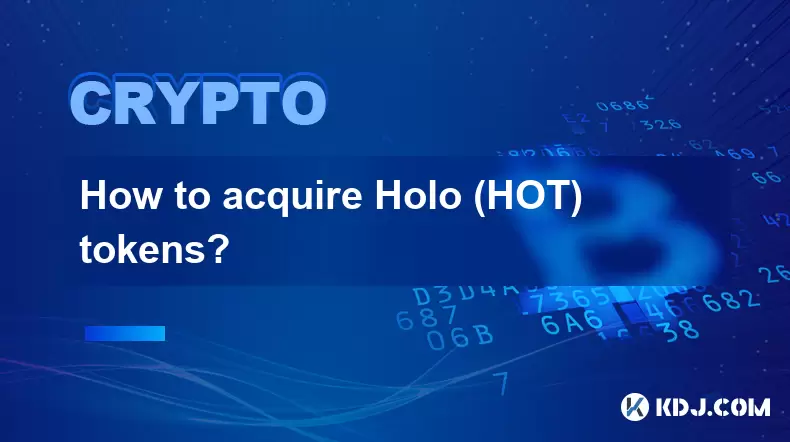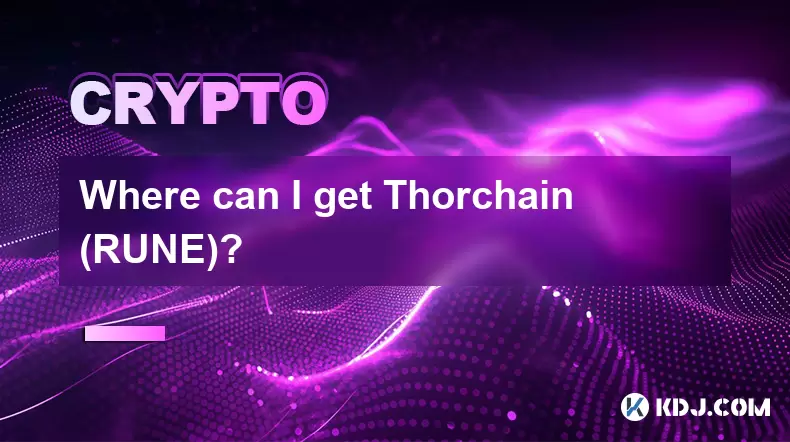-
 Bitcoin
Bitcoin $116700
0.24% -
 Ethereum
Ethereum $3973
4.34% -
 XRP
XRP $3.283
7.68% -
 Tether USDt
Tether USDt $1.000
0.01% -
 BNB
BNB $789.8
2.27% -
 Solana
Solana $176.2
3.31% -
 USDC
USDC $0.9999
0.00% -
 Dogecoin
Dogecoin $0.2238
5.14% -
 TRON
TRON $0.3389
-0.51% -
 Cardano
Cardano $0.7907
4.03% -
 Stellar
Stellar $0.4527
10.02% -
 Hyperliquid
Hyperliquid $41.07
4.27% -
 Sui
Sui $3.794
1.77% -
 Chainlink
Chainlink $19.49
10.40% -
 Bitcoin Cash
Bitcoin Cash $580.9
0.74% -
 Hedera
Hedera $0.2617
4.32% -
 Avalanche
Avalanche $23.41
3.67% -
 Ethena USDe
Ethena USDe $1.001
-0.03% -
 Litecoin
Litecoin $122.4
1.38% -
 Toncoin
Toncoin $3.364
1.49% -
 UNUS SED LEO
UNUS SED LEO $8.988
0.37% -
 Shiba Inu
Shiba Inu $0.00001295
2.82% -
 Uniswap
Uniswap $10.62
5.75% -
 Polkadot
Polkadot $3.922
4.46% -
 Dai
Dai $1.000
0.01% -
 Bitget Token
Bitget Token $4.494
2.15% -
 Monero
Monero $268.0
-1.30% -
 Cronos
Cronos $0.1523
3.68% -
 Pepe
Pepe $0.00001127
4.43% -
 Aave
Aave $285.4
4.85%
The Latest Channels and Strategies to Get Free ADA
Earn free ADA through staking, airdrops, Cardano projects, faucets, and yield farming on DEXs like Minswap and SundaeSwap.
May 31, 2025 at 03:00 pm

The world of cryptocurrency is always buzzing with new opportunities and ways to earn digital assets. Among these, Cardano's native token, ADA, has garnered significant attention due to its robust blockchain technology and active community. For those looking to acquire ADA without spending money, several channels and strategies have emerged. This article delves into the latest methods to get free ADA, exploring each in detail.
Earning ADA through Staking
Staking is one of the most popular and straightforward ways to earn free ADA. Cardano operates on a proof-of-stake (PoS) consensus mechanism, allowing users to stake their ADA to support the network and earn rewards. Here’s how you can start staking and earning ADA:
- Choose a Cardano Wallet: Begin by selecting a reliable Cardano wallet that supports staking, such as Daedalus or Yoroi. Both are official wallets developed by the Cardano team.
- Transfer ADA to Your Wallet: Fund your wallet with the ADA you wish to stake. Ensure you have enough ADA to meet the minimum staking requirements, which can vary depending on the pool you choose.
- Select a Stake Pool: Research and select a stake pool. Factors to consider include the pool’s performance, fees, and the mission of the pool operators. You can find a list of pools on Cardano’s official website.
- Delegate Your ADA: In your wallet, navigate to the staking section and delegate your ADA to the chosen pool. This process is usually straightforward and involves selecting the pool and confirming the delegation.
- Earn Rewards: Once your ADA is delegated, you will start earning staking rewards. These rewards are typically distributed every epoch (approximately every five days) and can be compounded by reinvesting them.
Participating in Airdrops
Airdrops are another avenue for acquiring free ADA. Projects within the Cardano ecosystem often distribute tokens to ADA holders as a way to boost their project's visibility and reward the community. To take advantage of airdrops:
- Stay Informed: Keep an eye on Cardano-related news and announcements. Websites like Cardano’s official blog and social media channels are good sources for updates on upcoming airdrops.
- Hold ADA in Your Wallet: Most airdrops require you to hold a certain amount of ADA in a compatible wallet at the time of the snapshot. Ensure your ADA is stored in a wallet that supports airdrops, such as Daedalus or Yoroi.
- Follow Instructions: Each airdrop may have specific instructions. Follow these carefully to ensure you receive your tokens. This might include registering on a project’s website or completing certain tasks.
- Claim Your Tokens: After the airdrop, follow the provided instructions to claim your tokens. This often involves accessing a specific website or using a tool to transfer the tokens to your wallet.
Engaging in Cardano-Based Projects
Participating in projects built on the Cardano blockchain can also yield free ADA. Many projects offer rewards in ADA for various activities, such as testing, providing feedback, or contributing to the project's development. Here’s how you can get involved:
- Explore Cardano Projects: Use platforms like Cardano Cube or Cardano Scan to discover projects building on Cardano. Look for projects that offer rewards in ADA.
- Join Their Communities: Engage with the project’s community through social media, forums, or dedicated channels. This can provide insights into how you can contribute and earn rewards.
- Participate Actively: Follow the project’s guidelines to participate. This could involve testing their dApps, providing feedback, or contributing to their GitHub repository.
- Claim Your Rewards: After completing the required tasks, follow the project’s instructions to claim your ADA rewards. This might involve submitting proof of your contributions or waiting for a scheduled reward distribution.
Utilizing Cardano Faucets
Faucets are another method to get small amounts of free ADA. These are typically used for testing purposes but can be a way to accumulate ADA over time. Here’s how to use Cardano faucets:
- Find a Cardano Faucet: Search for Cardano faucets online. Websites like Crypto Faucet List can help you find active faucets.
- Complete Tasks: Most faucets require you to complete tasks such as solving captchas, watching ads, or participating in surveys to receive ADA.
- Claim Your ADA: After completing the tasks, follow the faucet’s instructions to claim your ADA. This usually involves entering your Cardano wallet address.
- Be Consistent: Faucets often have limits on how much ADA you can claim per day or hour. Consistent participation can help you accumulate more ADA over time.
Trading and Yield Farming on Cardano DEXs
Decentralized exchanges (DEXs) built on Cardano can offer opportunities to earn free ADA through trading and yield farming. Here’s how you can get involved:
- Choose a Cardano DEX: Select a DEX that supports Cardano, such as Minswap or SundaeSwap. Ensure the platform is reputable and has a good track record.
- Provide Liquidity: To earn through yield farming, provide liquidity to the DEX’s pools. This involves depositing ADA and other tokens into the pool. In return, you receive liquidity provider (LP) tokens.
- Earn Rewards: By providing liquidity, you can earn a portion of the trading fees generated by the pool. Some pools also offer additional incentives in ADA or other tokens.
- Trade Actively: Engaging in active trading on the DEX can also yield profits. Successful trades can result in gains that can be reinvested or withdrawn as ADA.
Frequently Asked Questions
Q: Can I earn ADA without any initial investment?
A: Yes, it is possible to earn ADA without an initial investment by participating in airdrops, using faucets, or engaging in projects that offer ADA rewards for contributions. However, these methods may require time and effort.
Q: How often can I claim ADA from faucets?
A: The frequency of claiming ADA from faucets varies by platform. Some faucets allow claims every few minutes, while others have longer intervals such as hourly or daily limits. Always check the specific faucet’s rules.
Q: Is staking ADA safe?
A: Staking ADA is generally considered safe, as it does not require you to transfer your ADA to a third party. Your ADA remains in your wallet, and you delegate it to a stake pool. However, always use reputable wallets and stake pools to minimize risks.
Q: What are the risks of yield farming on Cardano DEXs?
A: Yield farming on Cardano DEXs can be lucrative but comes with risks such as impermanent loss, smart contract vulnerabilities, and market volatility. It’s important to research and understand these risks before participating.
Disclaimer:info@kdj.com
The information provided is not trading advice. kdj.com does not assume any responsibility for any investments made based on the information provided in this article. Cryptocurrencies are highly volatile and it is highly recommended that you invest with caution after thorough research!
If you believe that the content used on this website infringes your copyright, please contact us immediately (info@kdj.com) and we will delete it promptly.
- Punisher Coin: The Altcoin Ready to Punish Your Portfolio with Gains?
- 2025-08-08 22:50:16
- Mutuum Finance, Bitcoin Whales, and Binance: Decoding the Crypto Currents
- 2025-08-08 22:30:11
- Bitcoin, Crypto Market, Volatility: Riding the Rollercoaster in NYC Style
- 2025-08-08 22:50:16
- HTX Copy Trading Extravaganza: Rewards and Opportunities for Traders
- 2025-08-08 23:30:12
- SPX6900 Pumps & TOKEN6900 Presale: Month Growth Mania!
- 2025-08-08 23:30:12
- Dogwifhat, Beanie, and $800,000: A Meme Worth Millions?
- 2025-08-08 23:35:12
Related knowledge

Where can I buy UMA (UMA)?
Aug 07,2025 at 06:42pm
Understanding UMA and Its Role in Decentralized FinanceUMA (Universal Market Access) is an Ethereum-based decentralized finance (DeFi) protocol design...

Where can I purchase Siacoin (SC)?
Aug 08,2025 at 11:14am
Understanding Siacoin (SC) and Its Role in the Sia NetworkSiacoin (SC) is the native cryptocurrency of the Sia decentralized cloud storage platform, a...

Where can I buy OMG Network (OMG)?
Aug 08,2025 at 12:57pm
Understanding OMG Network (OMG) and Its PurposeThe OMG Network, originally known as OmiseGO, is a layer-2 scaling solution built on the Ethereum block...

What exchanges support buying IOTA (MIOTA)?
Aug 07,2025 at 09:58pm
Understanding the Role of Private Keys in Cryptocurrency SecurityIn the world of cryptocurrency, private keys are the cornerstone of ownership and con...

How to acquire Holo (HOT) tokens?
Aug 08,2025 at 05:56am
Understanding Holo (HOT) and Its EcosystemHolo (HOT) is a cryptocurrency token associated with the Holo ecosystem, which is built on the Holochain fra...

Where can I get Thorchain (RUNE)?
Aug 08,2025 at 08:07am
Understanding the Role of Seed Phrases in Cryptocurrency WalletsA seed phrase, also known as a recovery phrase or mnemonic phrase, is a critical compo...

Where can I buy UMA (UMA)?
Aug 07,2025 at 06:42pm
Understanding UMA and Its Role in Decentralized FinanceUMA (Universal Market Access) is an Ethereum-based decentralized finance (DeFi) protocol design...

Where can I purchase Siacoin (SC)?
Aug 08,2025 at 11:14am
Understanding Siacoin (SC) and Its Role in the Sia NetworkSiacoin (SC) is the native cryptocurrency of the Sia decentralized cloud storage platform, a...

Where can I buy OMG Network (OMG)?
Aug 08,2025 at 12:57pm
Understanding OMG Network (OMG) and Its PurposeThe OMG Network, originally known as OmiseGO, is a layer-2 scaling solution built on the Ethereum block...

What exchanges support buying IOTA (MIOTA)?
Aug 07,2025 at 09:58pm
Understanding the Role of Private Keys in Cryptocurrency SecurityIn the world of cryptocurrency, private keys are the cornerstone of ownership and con...

How to acquire Holo (HOT) tokens?
Aug 08,2025 at 05:56am
Understanding Holo (HOT) and Its EcosystemHolo (HOT) is a cryptocurrency token associated with the Holo ecosystem, which is built on the Holochain fra...

Where can I get Thorchain (RUNE)?
Aug 08,2025 at 08:07am
Understanding the Role of Seed Phrases in Cryptocurrency WalletsA seed phrase, also known as a recovery phrase or mnemonic phrase, is a critical compo...
See all articles

























































































